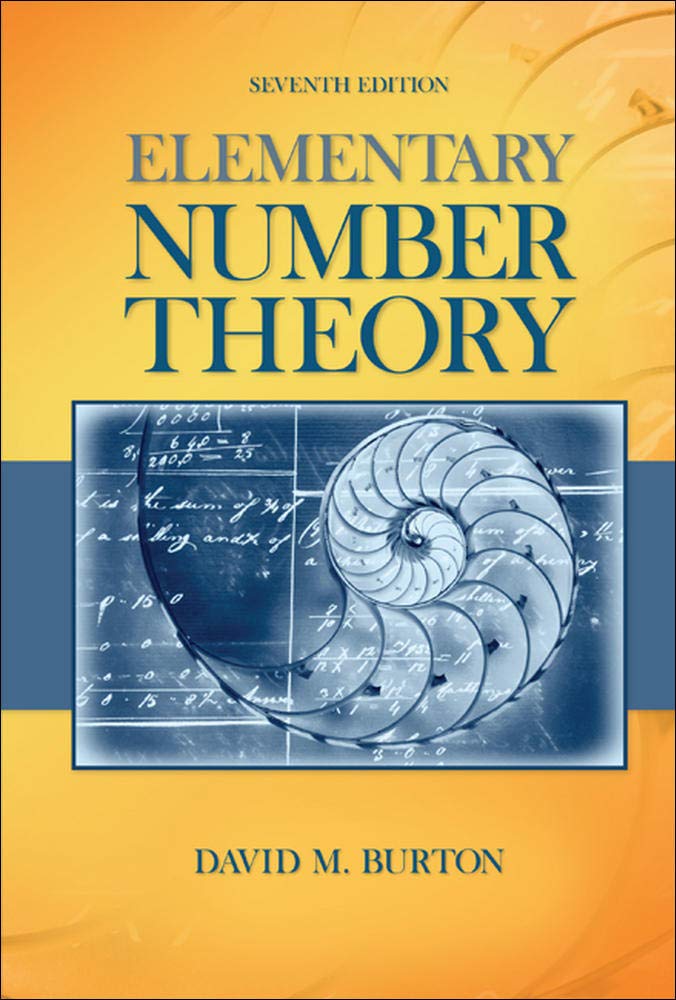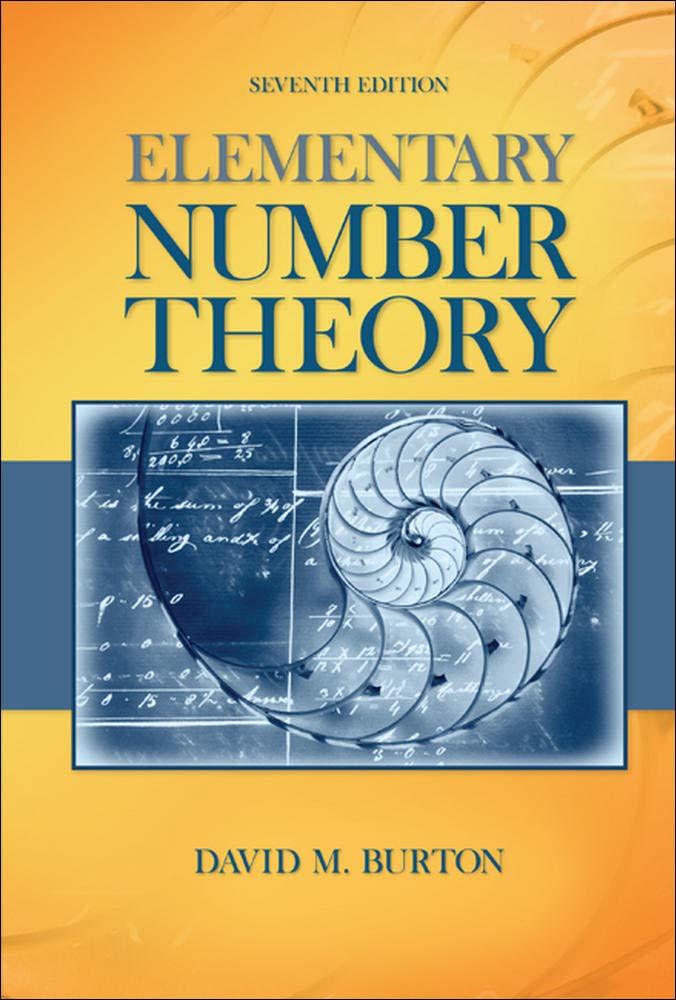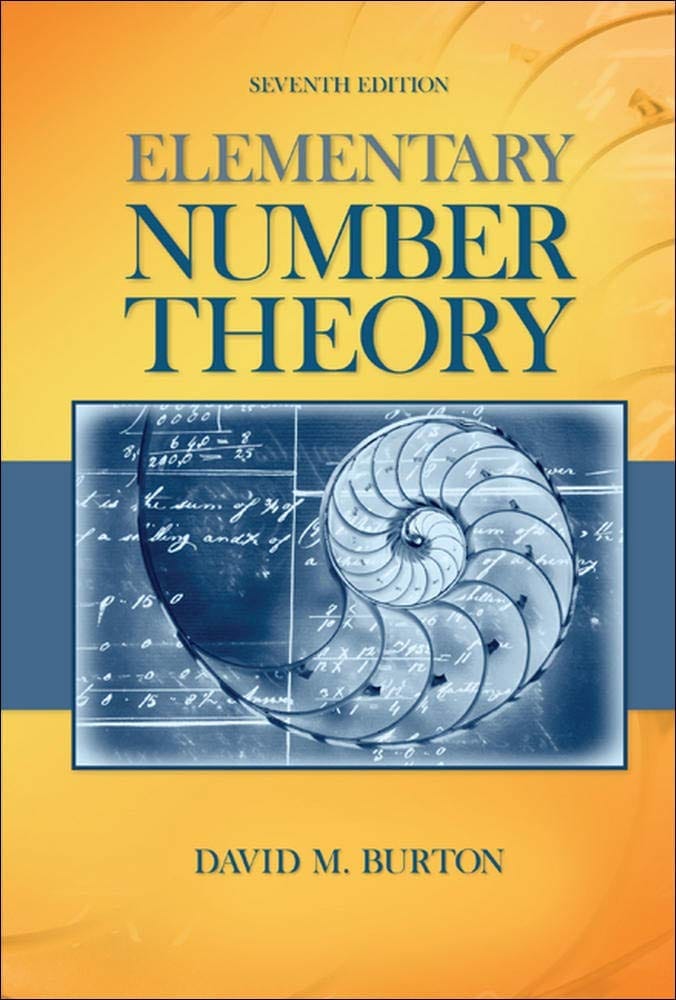
Elementary Number Theory Problems 3.2 Solution (David M. Burton's 7th Edition) - Q13
My Solution for "For the repunits $R_{n}$, verify the assertions below: (a) If $n \mid m$, then $R_{n} \mid R_{m}$. (b) If $d \mid R_{n}$ and $d \mid R_{m}$, then $d \mid R_{n+m}$.[Hint: Show that $R_{m+n} = R_{n}10^{m} + R_{m}$.] (c) If $gcd(n, m) = 1$, then $gcd(R_{n}, R_{m})= 1$."
Background
All theorems, corollaries, and definitions listed in the book's order:

I will only use theorems or facts that are proved before this question. So you will not see that I quote theorems or facts from the later chapters.
Question
For the repunits $R_{n}$, verify the assertions below:
(a) If $n \mid m$, then $R_{n} \mid R_{m}$.
[Hint: If $m = kn$, consider the identity $$x^{m} - 1 = (x^{n} - 1)(x^{(k - 1)n} + x^{(k - 2)n} + ... + x^{n}+ 1).]$$
(b) If $d \mid R_{n}$ and $d \mid R_{m}$, then $d \mid R_{n+m}$.
[Hint: Show that $R_{m+n} = R_{n}10^{m} + R_{m}$.]
(c) If $gcd(n, m) = 1$, then $gcd(R_{n}, R_{m})= 1$.
Solution
(a)
If $n \mid m$, we can write $m = kn$ for some integer $k$. Using the formula from the sum of geometric series, $S_{t} = \frac{a_{1}(1-r^t)}{1-r} = \frac{a(r^t - 1)}{r - 1}$ with $a_{1} = 1$, $r = x^{n}$ and $t = k$.
(We write $S_{t}$ instead of $S_{n}$ here because the question is already using $n$, so we write $t$ to avoid confusion.)
The rest is for Premium Members only
SubscribeAlready have an account? Log in

